You will need:
- White pepper
- One white plate
- Clear water
- Detergent
- A mess bucket and cleaning materials
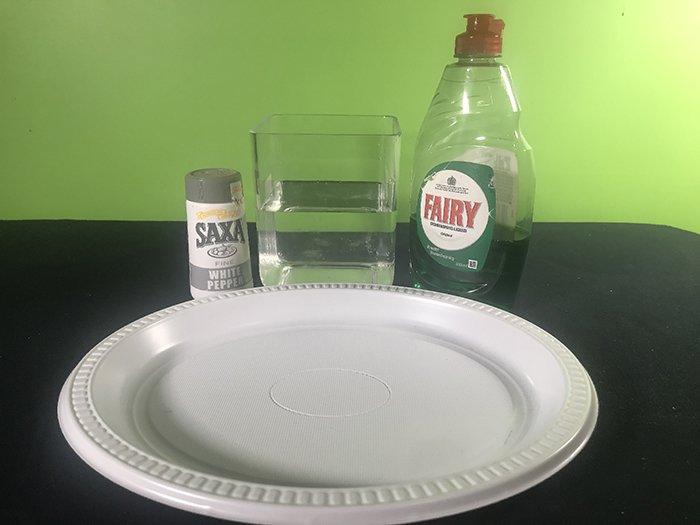
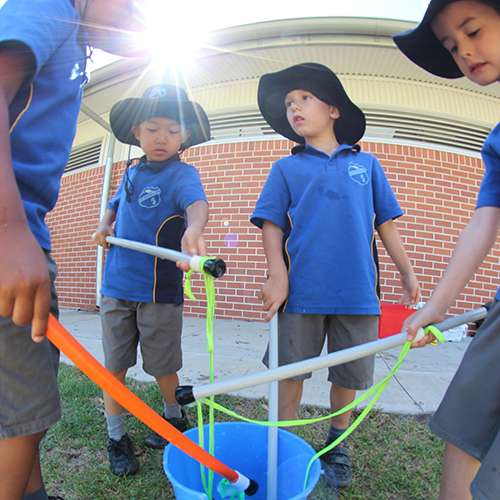
School science visits since 2004!
– Curriculum-linked & award-winning incursions.
– Over 40 primary & high school programs to choose from.
– Designed by experienced educators.
– Over 2 million students reached.
– Face to face incursions & online programs available.
– Early learning centre visits too!
What is happening?
All liquids have surface tension along the surface of a liquid, caused by inter-molecular forces within the liquid pulling liquid molecules together. Because of surface tension, liquid surfaces act like a kind of ‘skin’, able to support small insects and materials on their surface.
Your detergent molecules reduced the water surface tension in the centre of the plate and so the higher surface tension at the edge of the plate pulled the pepper outwards. This is an example of the Marangoni effect in action. The Marangoni effect describes how a liquid with a high surface tension pulls more strongly on the surrounding liquid than a liquid with a low surface tension. If you change the surface tension of some parts of the liquid you introduce a difference in surface tension or ‘gradient’. A presence of a surface tension gradient will cause the liquid to flow from areas of low surface tension to high surface tension. Put simply, the water surface was pulled outwards!
Variables to test
- Hot vs. cold water
- What happens when you use different liquids?
- Different size granules on top of the water
You can use surface tension to make cardboard boats shoot across water!
- Teaching about Newton’s laws? Check out the Forces, Friction & Movement workshop!
Get in touch with FizzicsEd to find out how we can work with your class.
Working with Water
Years K to 2
Maximum 30 students
School workshop (NSW & VIC)
60 or 90 minutes
Online Class Available
STEM Full Day Accelerator - Primary
Designed from real classroom experiences, this modular day helps you create consistently effective science learning that directly address the new curriculum with easily accessible and cost-effective materials.
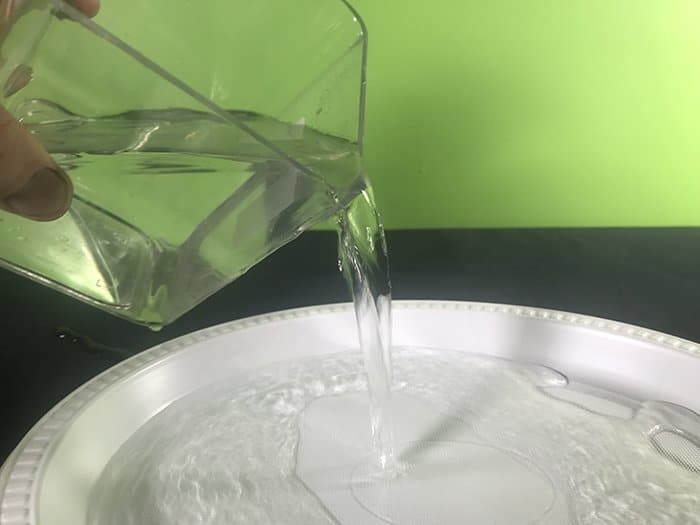
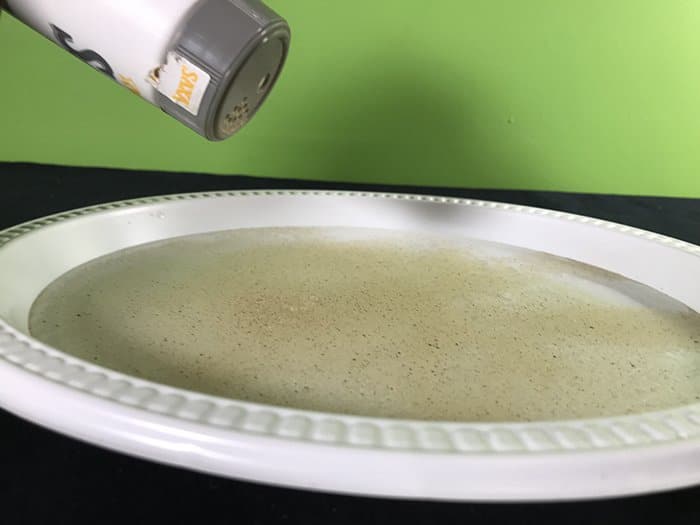
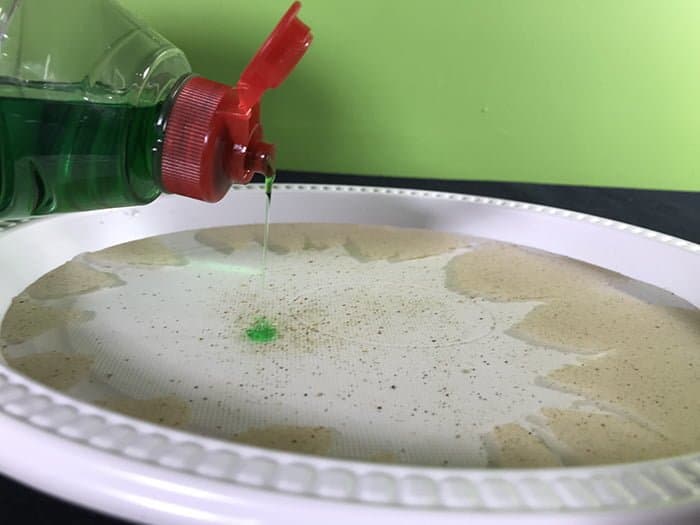
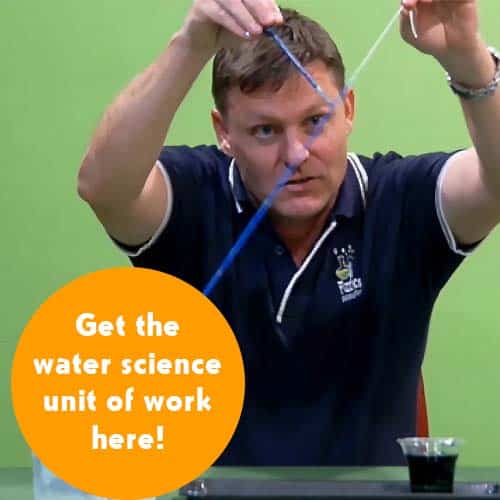


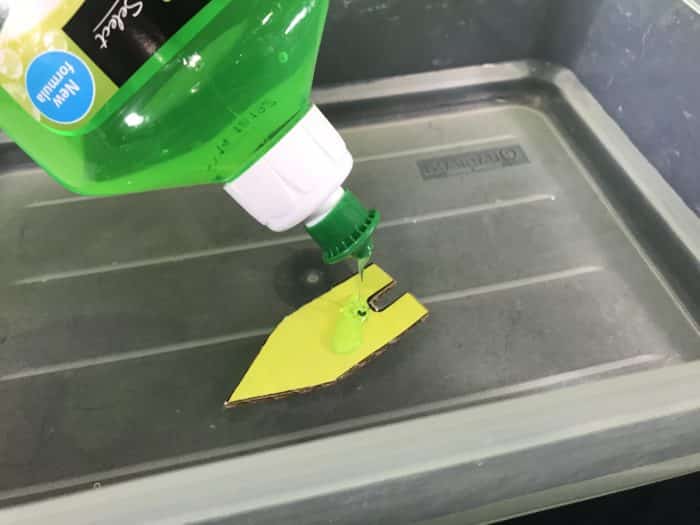
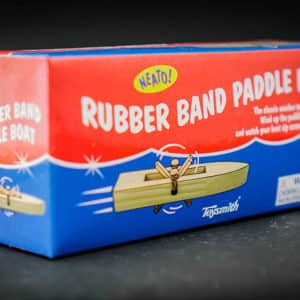
























The super grater